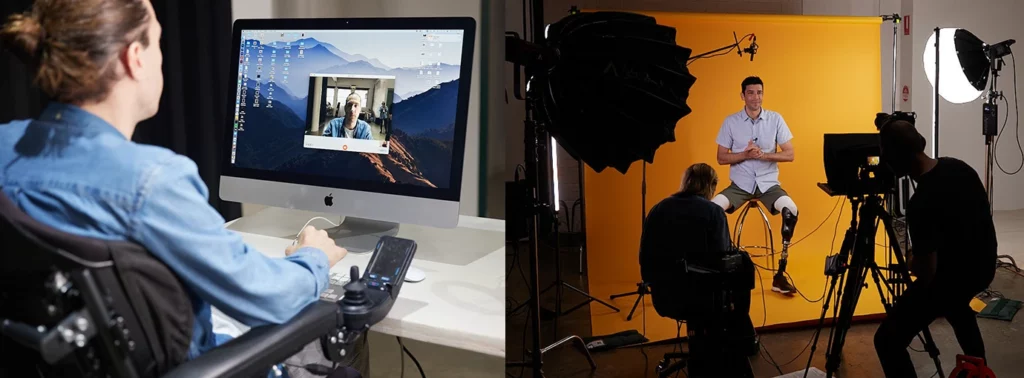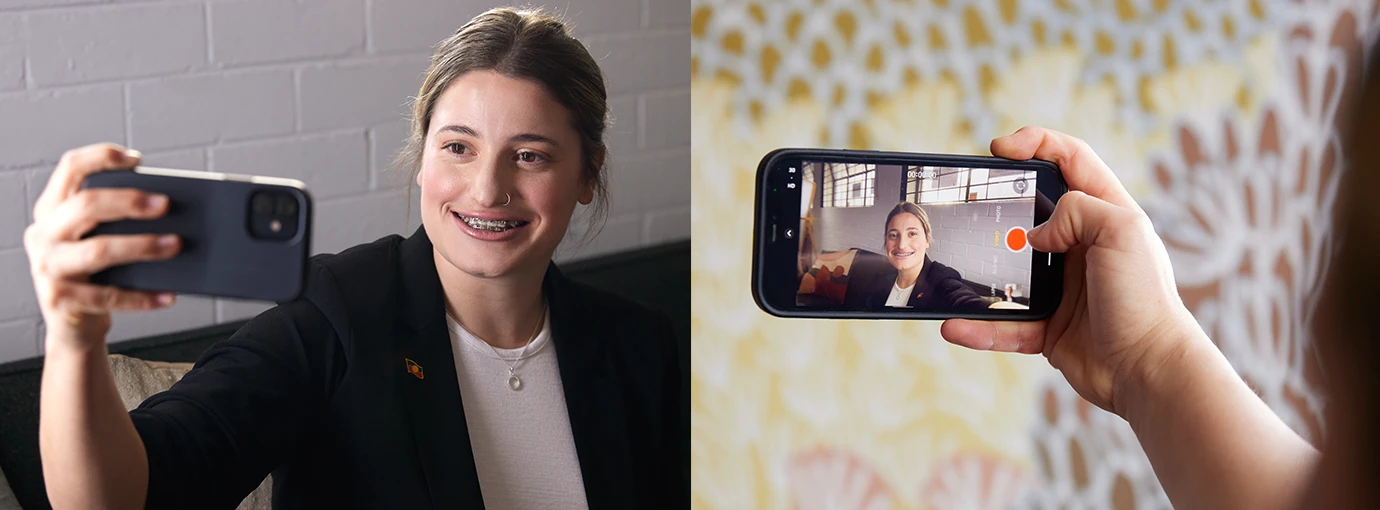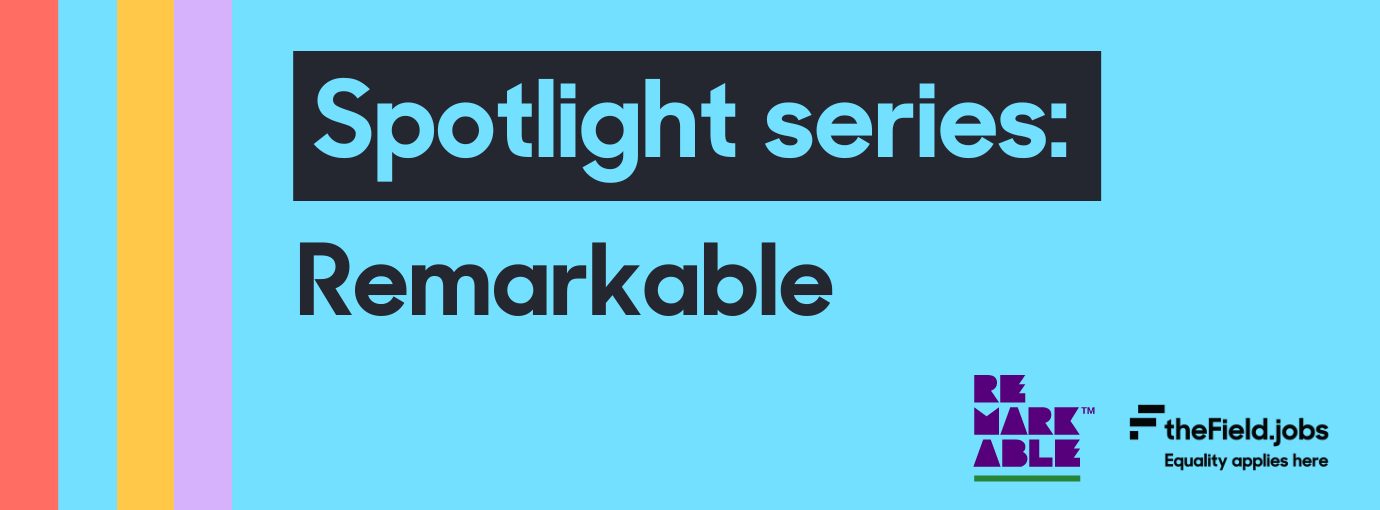With the Field offering the option for you to upload your resume as a video, here are 5 ways to appear more confident on camera and ensure you create a resume that will get people’s attention.
Plan
As they say, prior planning prevents poor performance! Put your mind at ease before you even start recording by planning as much as possible.
Write a script of what you’re going to say so that you don’t just stare blankly into the camera, get sidetracked on a tangent or have the afterthought of “I should have said that!”. Things you might like to think about answering in your video are:
- A brief introduction about yourself
- What are your skills
- What is your experience (this can be professional or personal)
- Why you’re suited to the job
Other things to plan include where you’re going to film, and what sort of lighting is in the room. Ideally, you’d like to film against a neutral backdrop such as a plain wall, so that it doesn’t distract from you. Filming in a room with sunlight or facing a window will make for a more natural video and also ensure that there are no distracting shadows on your face.
Dressing For Confidence
If you think you look good on the outside, then the chances are that you’re going to feel good on the inside too, and this is going to come across on camera. To feel more confident, wear something that you feel good in. It might be your favourite shirt or as simple as a piece of jewellery.
If makeup is your thing, or you’re looking for that extra boost, consider putting on lipstick. Known as the “lipstick effect”, it is proven to help people have greater self-esteem and a positive attitude. Even just applying a translucent powder will help you to appear less shiny and nervous on camera.
Remember, making a good first impression on the video is still important and a resume is a professional representation of yourself, so when picking your outfit be sure to consider this.
Smile, Chin Up, Shoulders Back
Have you ever seen someone walk down the street and think “wow, they have confidence”? The truth is, they probably had great body language that made you think this. Powerful body language such as keeping your chin up helps to improve your confidence.
One option to help yourself gain confidence before you start recording is with the “superman” pose. If you can, sit or stand in front of the mirror with your hands on your hips like a superhero. Then into the mirror, repeat your favourite positive sayings/affirmations such as “I am strong, I am confident”. Alternatively, repeating the affirmations on their own or with some upbeat music, and in a context that makes you comfortable can really help to build confidence. This can feel silly at first, but turn it into a habit and you will start to see results.
When recording your resume, try these tips for good body language:
- Place the camera at eye level so that you’re not looking up or down
- Face the camera straight on with your shoulders square
- Relax your face and smile
- Angle your face directly into the camera’s lens
- Where possible, use gestures while you’re talking
If you’re still not sure how to act in front of the camera, watch some of your favourite TV personalities or TikTok/reel content creators. Make notes of what they do and how you could do this in your videos.

Do It Without Anyone Around
Getting up and speaking in front of a room of people isn’t everyone’s idea of a fun activity. So, don’t put pressure on yourself by filming in front of people.
Film your resume in a quiet room by yourself. If there are other people in the house or office, let them know that you’ll be filming and that you don’t wish to be disturbed while you’re doing it. Ensure that there are also no distractions such as a TV, and consider switching your phone to aeroplane mode so that you don’t receive any notifications.
If you do require someone to help when it comes to filming, ask if someone you feel comfortable with if they can help. Remember that if they do offer any advice, it’s only because they want you to do well. We’ve also all been nervous talking on camera before, so it’s nothing to be embarrassed about!
Practise, Practise, Practise!
Confidence on camera isn’t something that just happens overnight, so just keep practising! The magic of a recording is that you can do as many takes as you need in order to get the shot you’re after.
Filming in sections instead of just one long video makes it easier to edit later and it means that you can take a break between each part. Take this opportunity to take a breath, think about what you’re going to say next and relax. If you find yourself getting frustrated at the amount of time it’s taking, then take a 5 minute break and come back to it later. When you’re refreshed, you’ll have a calmer approach and this will come across on camera.
Another bonus of videos is that you can edit them once you’ve finished filming. So, while you’re recording, if you make a mistake, pause instead of reacting straight away. This way you or someone you know can always edit it out later and piece your videos together for a seamless production.
With these tips on how to appear more confident on camera, you’re now ready to submit your video resume! Sign in to your profile on the Field to get started.
Check out some of our other blogs for some more Job Seeker tips:




